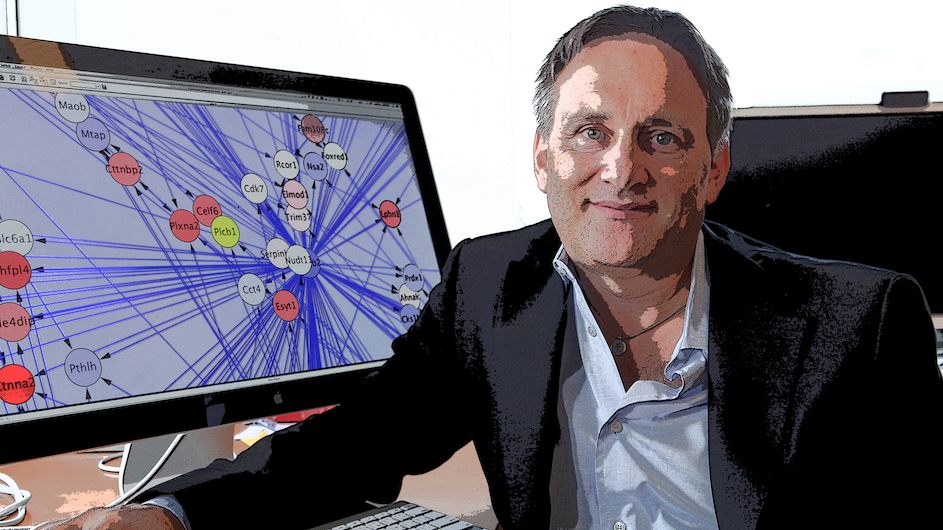

The Columbia News “Disruptors” series shares new and innovative ideas and viewpoints from Columbia University cancer researchers and clinicians that challenge conventional thinking about cancer care, research, and beyond.
A recent column by Andrea Califano explores how systems biology is embracing the complexity of cancer to predict and improve treatment.
Califano is founding chair of the Department of Systems Biology, the Clyde and Helen Wu Professor of Chemical Biology (in Systems Biology), and professor of medicine, biomedical informatics and of biochemistry, and molecular biophysics at Columbia University Vagelos College of Physicians and Surgeons. He also directs the Columbia JP Sulzberger Genome Center, co-leads the Precision Oncology and Systems Biology program at the Herbert Irving Comprehensive Cancer Center, and is an affiliated member of the Data Science Institute’s Health Analytics center.
An excerpt from Califano’s column
Precision medicine has been a buzzword across the medical field for over a decade. But what does it really mean for cancer care and how is it influencing new therapies for patients? Initially, precision cancer medicine focused on targeting specific mutated genes. We thought that understanding the genetic mutations of a tumor would help us develop targeted drugs that would solve the problem, one broken gene at a time.
What we found instead is that when you build an inventory of all the broken parts in cancer, the number of mutational patterns that could give rise to cancer is larger than the number of atoms in the universe. Each mutation may even determine a different response to treatment, varying from individual to individual, and so targeting genetic mutations appears more and more as a staggeringly difficult task. Aside from the challenge created by such a vast number of possibilities, we’ve also discovered that genetics doesn’t tell the full story of a person’s cancer because cancer cells with the same exact mutations can also have different drug sensitivity.
Humans have about 20,000 genes working together in ways that are different from cell to cell and from individual to individual. The enormous amount of data that we have been able to collect on cancer has helped us build computational models that, rather than trying to explain things one gene at a time, explain how all these genes work together in a system.
Read More: Deciphering Cancer Is Messy and Complex. We’re Here for It.